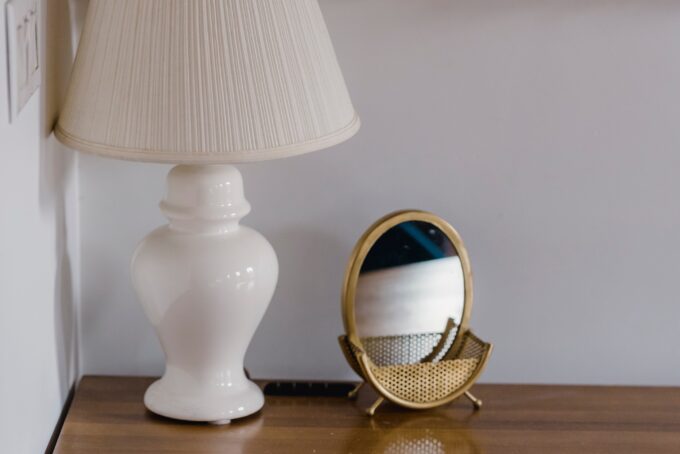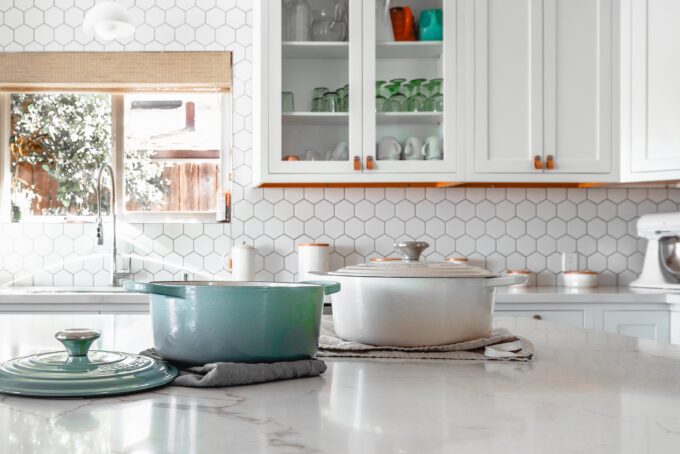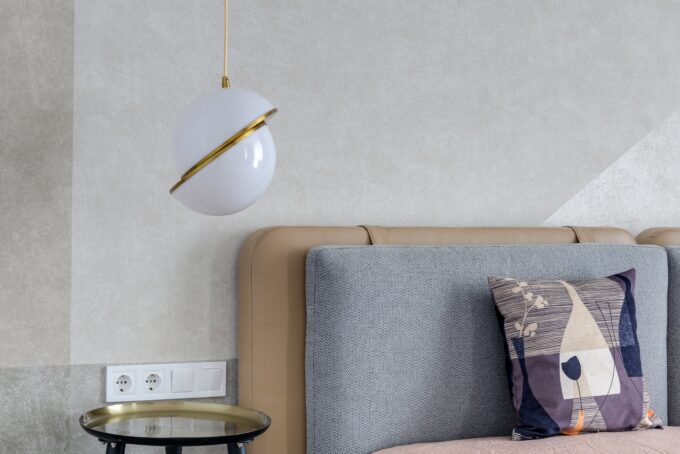Dust is the uninvited guest that gathers on our cherished knickknacks, settles into the fibers of our carpets, and silently claims dominion over our living spaces. But what exactly are these ubiquitous specs made of? Beyond just being dirt, house dust is a diverse concoction of various elements, each with its own—and kinda gross—unique story to tell.
What is dust, exactly?
- Skin Cells and Hair: A significant portion of house dust consists of sloughed-off skin cells and hair. If it gives you the ick, that’s justifiable, but know it’s completely normal. Our bodies are constantly shedding these tiny particles, which find their way into the dust that blankets our homes.
- Clothing Fibers: Those cozy sweaters and soft blankets we love so much contribute to the composition of dust. Tiny fragments of clothing fibers break free and become integral parts of the mix.
- Microscopic Life: Not like you need any more nightmare fuel, but here’s a fun fact: house dust is not devoid of life. It’s a thriving ecosystem for microscopic organisms, including bacteria and what you might know as dust mites. These creatures feed on dead skin cells and can trigger allergies and asthma symptoms.
- Insects’ Legacy: Dust doesn’t discriminate; it also houses bits of deceased insects. Awesome.
- Soil and Pollen: Dust doesn’t just originate indoors. It can contain traces of soil particles and pollen that make their way into our homes from the great outdoors.
- Microplastics: In an unfortunate twist, modern dust can also harbor microscopic specks of plastic. These particles come from various sources, including synthetic materials used in our daily lives.

Dust: A Reflection of Our Lifestyle
Beyond being a seemingly innocuous nuisance, house dust serves as a silent recorder of our lifestyle choices. It absorbs a wide range of contaminants from consumer products we introduce into our homes and even tracks in environmental pollutants on the soles of our shoes.
What’s interesting is that it is far from static. It holds onto the memories of the contaminants it encounters, and even regular cleaning doesn’t completely eradicate it, as it becomes deeply embedded in carpets and hidden crevices.
The Art of Dusting
While you can’t get rid of it permanently, there are a few things you can do to help minimize it and keep your space clean.
Dust frequently.
Regular dusting is your first line of defense against accumulation. Stock up on microfiber cloths or an electrostatic duster and diligently go over all surfaces, from shelves to ceiling fans. Doing this removes visible particles while preventing them from settling and accumulating.
Use a vacuum with HEPA filters.
For floors and carpets, choose a vacuum cleaner equipped with HEPA filters. These filters are highly effective in trapping tiny dust particles, preventing them from being released back into the air as you clean. Carpets and rugs can trap a lot of particles, so pay special attention to them. Vacuum your carpets regularly.
Wash your bedding and curtains.
Your bedding and curtains can be favorite hiding spots for dust mites. To evict them, wash your bedding, pillowcases, and curtains regularly in hot water, at least once a week.
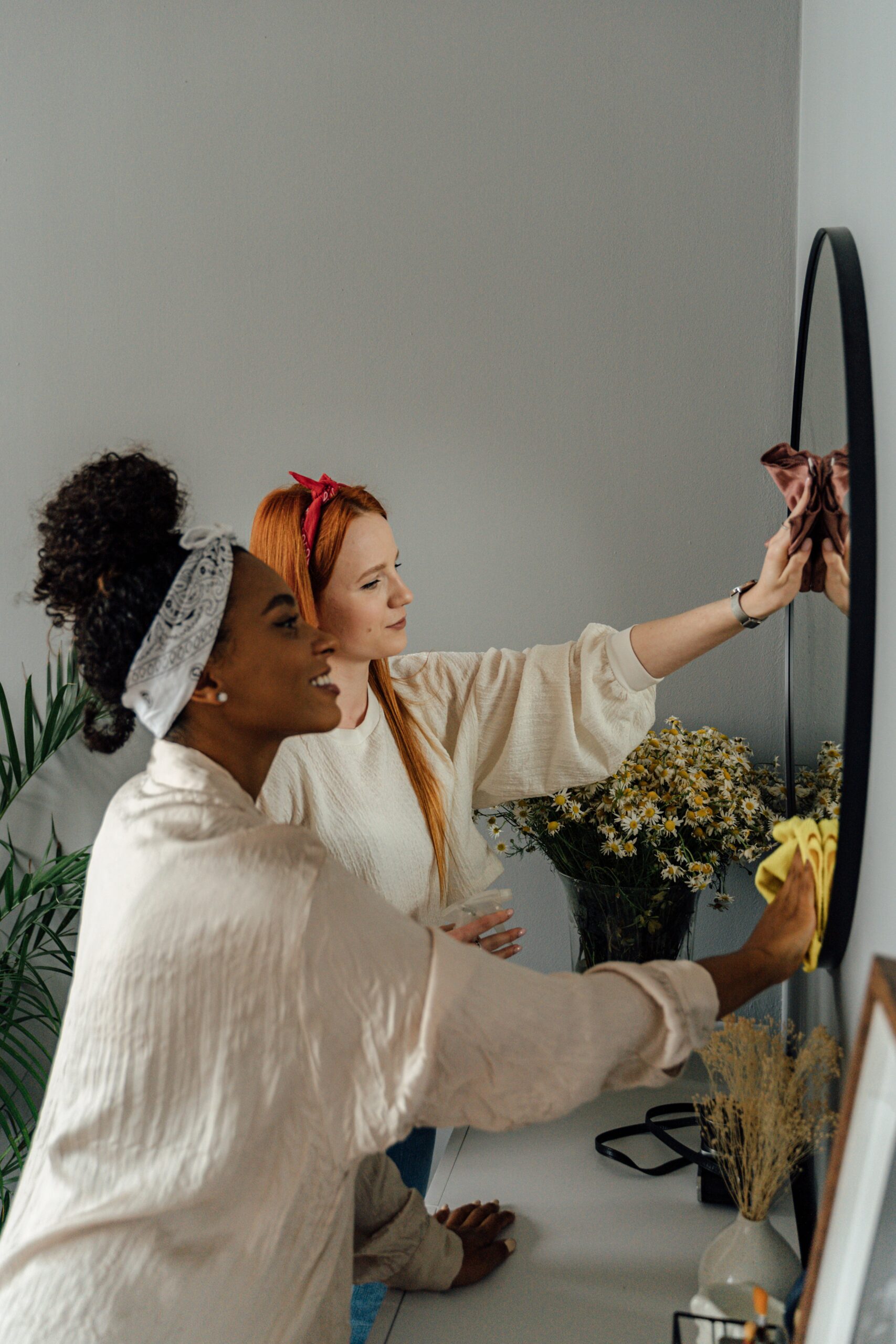
Use an air purifier.
An air purifier with a HEPA filter in your home can be dust’s gentle worst enemy. These devices continuously clean the air, removing dust, allergens, and other impurities. If you suffer from allergies or asthma, you might benefit greatly from one of these.
Keep your windows closed.
Fresh air is great, but remember pollen is a significant contributor to dust. During high pollen seasons, it’s a good idea to keep your windows closed. This helps prevent pollen from entering your home and contributing to dust buildup.
Maintain humidity levels.
Dust mites thrive in environments with higher humidity. Using a dehumidifier can help keep humidity in check, which, in turn, can make it harder for them to survive and reproduce.
Declutter.
Dust loves to settle on cluttered surfaces. Keep your home organized and clutter-free to make cleaning more effective and efficient. Plus, it’ll give your space a neater, more inviting appearance.
popular posts
- 1It’s Black Business Month, So Let’s Go Shopping and #BuyBlack!
- 2These Home Decor Items Will Instantly Make Your Space Look Outdated
- 3Black-Owned Home Decor Stores To Support Across the United States
- 4A Look Inside Elon Musk's Tiny $50,000 House
- 57 Black and Multicultural Designers To Follow For Design Inspo
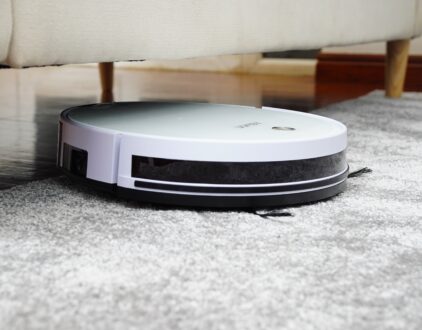
Home & Texture Editor's Picks: The 5 Best Vacuums on Amazon
by Stephanie Taylor | February 2, 2023
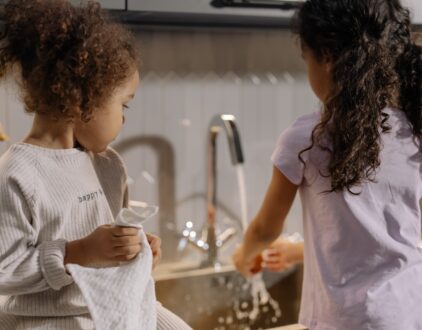
7 New And Bestselling simplehuman Products To Help Your Home Run Smoothly
by Stephanie Taylor | February 15, 2023

Product Review: Here's What We Think About The Levoit LV600s Humidifier
by Nneya Richards | February 22, 2023
Spaces
Whether it’s luxury or ease, every area of your home should be as fabulous and unique as you.

A New Study Reveals That This Item Has More Germs Than A Toilet Bowl
by Kelsey Marie | April 25, 2023
FOLLOW ALONG ON INSTAGRAM
#homeandtexture
Find us on social for more home inspiration where culture, personal style, and sophisticated shopping intersect to help you create a home where you love to live.

